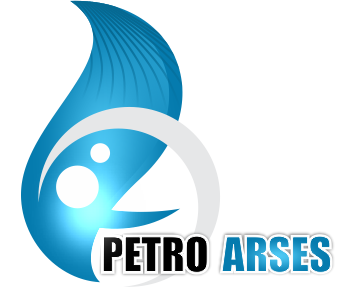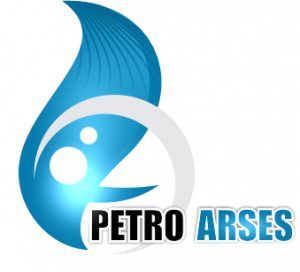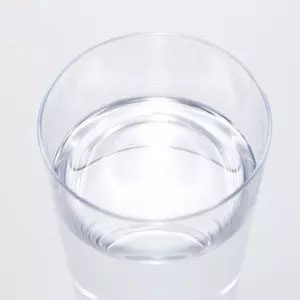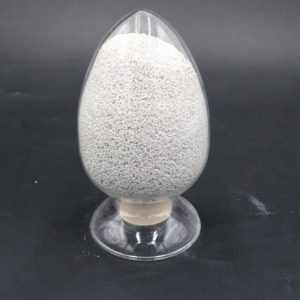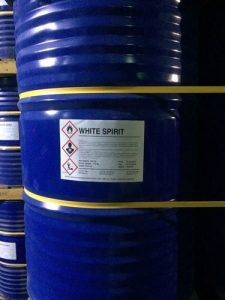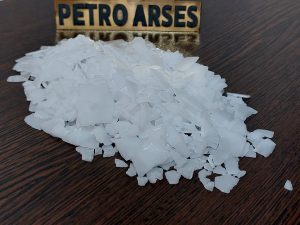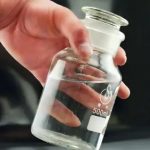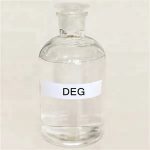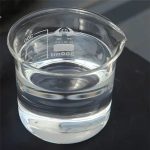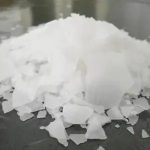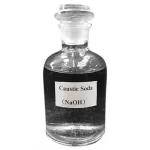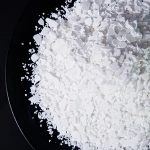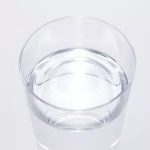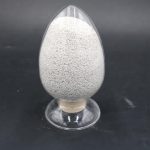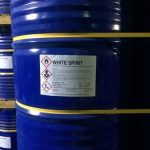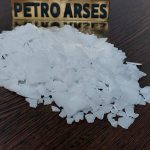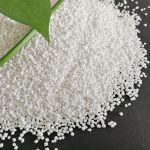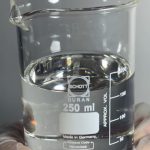Trade Name: Mono Ethylene Glycol Virgin HS CODE 29053100
What is Monoethylene Glycol MEG?
This solvent is an important solvent with a variety of industrial applications. It is a water-soluble polar compound and is one of the main components of antifreeze. In the following text, you can see the technical specifications, properties and applications of this industrial product.
This compound is one of the most important commercial glycols and is used as a raw material for industrial purposes such as polyester fibers, fabrics and polyethylene terephthalate (used in bottle production). Other uses include cooling, heat transfer fluid, antifreeze and hydrate inhibitor in gas lines.


It is commonly known as EG and is a colorless liquid with a sweet, odorless taste.
One of the most important properties of this compound is its heat transfer properties. Some systems that require low, high or constant temperatures usually use these materials. Materials have heat transfer properties of liquids or gases that are generally divided into 3 categories.
1- Low temperature liquids:
These materials are typically used in temperatures below 32°F (0°C) and up to -148°F (-100°C).
2-Medium temperature:
Glycol such as propylene glycol (PG), ethylene glycol (EG) and 1,3 propanidol (bioglycol) are used to protect against system frost at temperatures below 32°F and can be used by adding suitable additives up to 350°F.
3- High temperature liquids:
These materials are commonly used from 350°F to 662°F (350°C).
History
For the first time, French chemist Charles Wurtz succeeded in producing mono ethylene glycol in 1859 by the process of soaping ethylene glycol. After that, the U.S. produced the material semi-commercially in 1917 using ethylene chlorohydration, and the first major commercial unit to produce EG was established in Charleston, Usa, in 1929, and by 1929 the compound was widely used by nearly all dynamite manufacturers, leading to the licensing of its product in 1953.
Production
Mono ethylene glycol is produced from ethylene by an intermediary called ethylene oxide. In this process, EO and water will react together and ethylene glycols including MEG, DEG and TEG (tri ethylene glycol) will be produced, one of the interesting points about this reaction is that the reaction can be done in environments with different pH, but it is recommended to perform a higher efficiency in acidic or neutral environment with excess amounts of water.
Production stages
Firstly, ethylene and oxides are inserted into a multi-tube reactor to produce ethylene oxide. This exothermic reaction occurs in fixed substrates inside reactor tubes and generally in the gas phase (the catalyst used by silver on a base of alumina).
During the process, water vapor is produced due to the heat of the reaction.
Recovery of ethylene oxide
The product obtained from the reactor is sent to the ethylene oxide (EO) absorption unit, part of the gas vapors in the reactor are restored and the rest is sent to the carbon dioxide removal unit, which includes an absorber and a stripper in this unit, carbon dioxide is separated for use in the production of ethylene carbonate.
Then, the dilute ethylene oxide vapor is removed from the adsorbent and inserted into the EO stripper in the EO thickener and then condensed.
Finally, pure hydrolyzed ethylene oxide (reacts with water) and its product will be mono ethylene glycol and carbon dioxide. The reaction is carried out with the help of a homogeneous catalyst in the liquid phase.
General Applications
This material is used to make the following materials:
- Heat Transfer Liquids
- Water-based adhesives
- Latex paints and asphalt emulsions
- Electrolytic capacitors
- Leather
- Antifreeze and antifreeze additive
- Intermediate material in chemical reaction and polymer production
- Solvent for the production of plastics, varnishes, paints
- Additive to fuel, heat exchange liquids, brakes and hydraulics
- Dehydration
- Coupling Printing Inks
- Textile softener
- Solvent for pigments in finishing textile dyeing and leather
- Raw material in agricultural material formulations
- General Cleaners
- Production ofexplosives
- Electrolytic component
- Moisture Preservative
- Blue Coating
- Preservative, rust remover and disinfectant
Properties such as shelf life, strength and hydrophobicity have caused this material to be used in many industries, which can be noted the production of polyester resins, fibers and films, allowing the physical properties of this compound to find different applications as coolant, anti-corrosion agent, dehydrated material and chemical intermediate. It should be noted that this substance is toxic and is not used in the food industry. In this industry, propylene glycol is used.
Coolant & Heat Transfer
The above combination is mainly used for heat transfer in cars and computers. It is also used as a coolant in air conditioning systems and in geothermal systems to transmit earth heat.
Investigation of properties of this material as antifreeze
The most well-known application of mono ethylene glycol is its use in the manufacture of car antifreeols. When MEG dissolves in water it breaks the hydrogen bond, it freezes at about -12°C, but when mixed with water it is not crystallized and reduces the freezing point of the mixture.
For this purpose, some MEG is mixed with water and suitable corrosion inhibitor . Usually a mixture with more than 70% of this substance is not recommended. Mixtures of 50.50 are commonly used in Europe and improve temperature resistance to -40 °C, it should be noted that this material is corrosive, so corrosion inhibitors should be used to prevent corrosion.
Leading or precursor for polymers
55% of mono ethylene glycol consumption is spent on the production of polyester fibers and 25% MEG is used in packaging and bottles of polyethylene terephthalate or PET.
In the plastics industry, MEG is one of the main precursor to thermoplastic resins, which are widely used as a precursor to polyester fibers and resins.
Polyethylene terephthalate (PET) used to produce plastic bottles is also produced by this material (as a precursor).
because of its high ability to absorb water, It is used in gas systems to absorb water (dihydration).
Benefits and limitations of use
Due to its unique properties, it is widely used in many industries, some of these properties include:
- Has properties similar to water, which makes it immiscible with many compounds
- A material is available and has a low price
- Low freezing point and high boiling point that is applicable in many industrial applications
- It has good heat portability
- Has a high shelf life
Despite all the benefits and benefits of monoethylene glycol, there are some limitations that include:
- Highly flammable and quickly absorbs water
- In case of leakage from cars, there can be a risk of combustion
- Improper disposal of this substance, especially at airports, can harm the environment
- Its sweet taste easily attracts children and animals, which can cause serious health damage.
Oil & Gas
In this industry, the use of MEG as a thermodynamic inhibitor. MEG is added to natural gas to prevent the formation and freezing of hydrates in pipelines and prevent system corrosion. Natural gas hydrates are solids such as ice that form when water and natural gas molecules are combined. Water in natural gas for equipment can cause several problems. At low temperatures, water can freeze in plumbing or, as usually happens, form hydrates with CO2 and hydrocarbons (mainly methane hydrates), however, depending on the composition of these materials can also form at high temperatures.
MSDS and Safety Tips
Mono ethylene glycol is classified as toxic and hazardous to human health and swallowing, contact with skin and eyes and breathing should be avoided. In case of contact with the skin and eyes, you should wash the site of the collision with abundant running water and if someone swallows this substance, they should drink water.
Due to its high toxicity, its use is prohibited in the following cases:
- Water-related equipment
- In the manufacture and formulation of food, medicine and cosmetics
- As antifreeze in water tanks
- Antifreance in fire extinguishing systems
